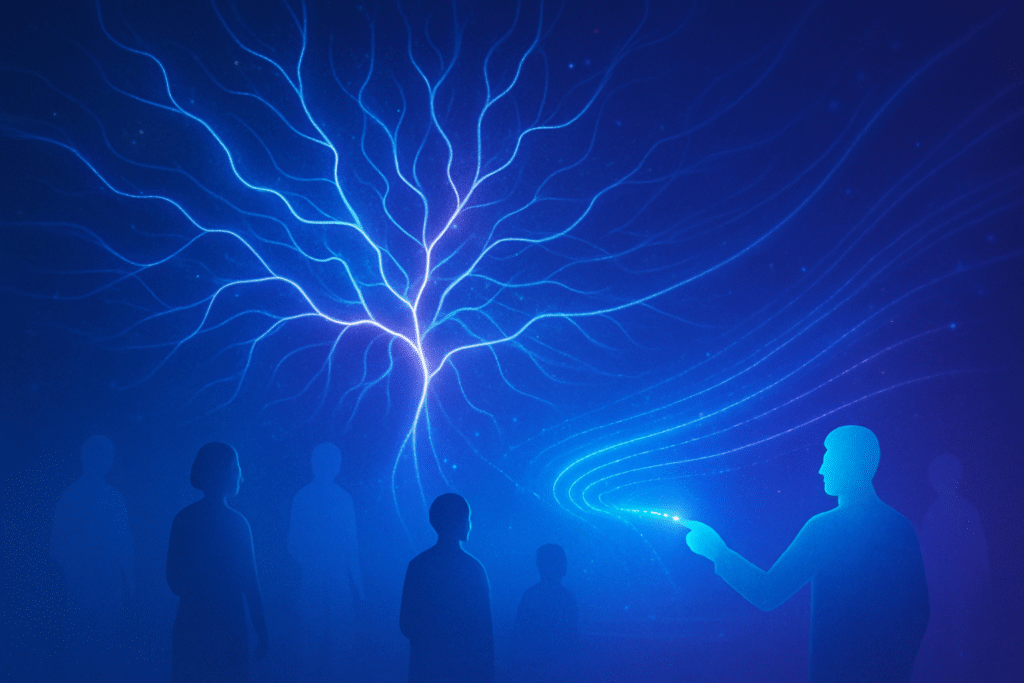
In a significant move signaling a profound shift in the technology landscape, Google (GOOGL) (NASDAQ) has initiated a new round of layoffs within its Cloud division, specifically targeting design and UX research roles. Occurring between October 1-4, 2025, these job cuts, affecting over 100 employees primarily based in the US, are not merely a cost-cutting measure but a strategic realignment driven by the company's aggressive push into artificial intelligence. This restructuring underscores a broader industry trend where traditional roles are being re-evaluated and resources are being redirected towards AI infrastructure and AI-focused engineering, reshaping the future of the tech workforce.
The decision to trim design and user experience research teams within Google Cloud is a direct consequence of Google's overarching strategy to embed AI deeply into every facet of its operations. The company's leadership has articulated a clear vision: to streamline processes, enhance efficiency, and allocate substantial budget and human capital towards AI development. CEO Sundar Pichai has repeatedly emphasized the necessity for Google to "be more efficient as we scale up so we don't solve everything with headcount" and to "accomplish more by taking advantage of this transition to drive higher productivity" in this "AI moment." This strategic pivot aims to solidify Google's competitive edge against rivals like Microsoft (MSFT) (NASDAQ) and OpenAI in the rapidly expanding AI market.
The Technical Shift: AI's Incursion into Design and UX
The layoffs predominantly impacted roles traditionally focused on understanding user behavior through extensive data analysis, surveys, and research to guide product design. Teams such as "quantitative user experience research" and "platform and service experience" within the Cloud division reportedly saw significant reductions, with some areas cut by as much as 50%. This move signals a radical departure from previous approaches, where human-led design and UX research were paramount in shaping product development.
Google's rationale suggests that AI-assisted tools are increasingly capable of handling preliminary design iterations, user flow analysis, and even some aspects of user feedback synthesis more swiftly and efficiently. While traditional UX methodologies relied heavily on human intuition and qualitative analysis, the rise of advanced AI models promises to automate and accelerate these processes, potentially reducing the need for large, dedicated human teams for foundational research. This doesn't necessarily mean the end of design, but rather a transformation, where designers and researchers might increasingly oversee AI-driven processes, refine AI-generated insights, and focus on higher-level strategic challenges that AI cannot yet address. Initial reactions from the broader AI research community and industry experts have been mixed, with some expressing concerns that an over-reliance on AI might lead to a loss of nuanced, human-centric design, while others view it as an inevitable evolution that will free up human talent for more complex, creative endeavors.
Competitive Ripples: Reshaping the AI Industry Landscape
Google's aggressive restructuring carries significant competitive implications across the tech industry. Companies heavily invested in AI development and those building AI-powered design and research tools stand to benefit immensely. Google itself, through this internal realignment, aims to accelerate its AI product development and market penetration, particularly within its lucrative Cloud offerings. By reallocating resources from traditional UX roles to AI infrastructure and engineering, Google (GOOGL) (NASDAQ) is making a bold statement about its commitment to leading the AI race.
This strategic pivot puts immense pressure on other tech giants like Microsoft (MSFT) (NASDAQ), Amazon (AMZN) (NASDAQ), and Meta (META) (NASDAQ) to re-evaluate their own workforce compositions and investment strategies. The move could trigger a domino effect, prompting other major players to scrutinize their non-AI-centric departments and potentially initiate similar restructures. Startups specializing in AI solutions for design, user research, and product development may find increased demand for their tools, as companies seek to integrate AI into their workflows to achieve similar efficiencies. The disruption to existing products and services is evident: traditional design agencies or internal design departments that do not embrace AI-driven tools risk falling behind. This marks a clear market positioning strategy for Google, solidifying its stance as an AI-first company willing to make difficult organizational changes to maintain its strategic advantage.
Wider Significance: The Human Element in an AI-First World
These layoffs are not an isolated incident but a stark illustration of AI's broader, transformative impact on the global workforce. This development transcends mere automation of repetitive tasks; it signifies AI's entry into creative and strategic domains previously considered uniquely human. The immediate impact is job displacement in certain established roles, but concurrently, it fuels the creation of new AI-centric positions in areas like prompt engineering, AI ethics, machine learning operations, and AI-driven product management. This necessitates a massive societal push for reskilling and upskilling programs to prepare the workforce for these evolving demands.
Potential concerns revolve around the erosion of the human element in product design. Critics worry that an over-reliance on AI in UX could lead to products lacking empathy, intuitive user experience, or the nuanced understanding that only human designers can provide. The ethical implications of AI-driven design, including biases embedded in algorithms and the potential for a less diverse range of design perspectives, also warrant careful consideration. This shift draws parallels to previous industrial revolutions where new technologies rendered certain skill sets obsolete while simultaneously catalyzing entirely new industries and job categories. It forces a fundamental re-evaluation of the human-machine collaboration paradigm, asking where human creativity and critical thinking remain indispensable.
Future Developments: A Continuous Evolution
Looking ahead, the near-term future will likely see more companies across various sectors following Google's (GOOGL) (NASDAQ) lead, rigorously assessing their workforce for AI alignment. This will intensify the demand for AI-related skills, making expertise in machine learning, data science, and prompt engineering highly coveted. Educational institutions and professional development programs will need to rapidly adapt to equip professionals with the competencies required for these new roles.
In the long term, the tech workforce will be fundamentally reshaped. AI tools are expected to become not just supplementary but integral to design, research, and development processes. Experts predict the rise of new hybrid roles, such as "AI-UX Designer" or "AI Product Strategist," where professionals leverage AI as a powerful co-creator and analytical engine. However, significant challenges remain, including managing the social and economic impact of job transitions, ensuring ethical and unbiased AI development, and striking a delicate balance between AI-driven efficiency and the preservation of human creativity and oversight. What experts predict is a continuous evolution rather than a static endpoint, with ongoing adaptation being the only constant in the AI-driven future.
Comprehensive Wrap-up: Navigating the AI Paradigm Shift
The recent layoffs at Google Cloud serve as a powerful and immediate indicator of AI's profound and accelerating impact on the tech workforce. This is not merely a corporate reshuffle but a pivotal moment demonstrating how artificial intelligence is not just enhancing existing functions but actively redefining core business processes and the very nature of job roles within one of the world's leading technology companies. It underscores a fundamental shift towards an AI-first paradigm, where efficiency, automation, and AI-driven insights take precedence.
The long-term impact of such moves will likely be a catalyst for a broader industry-wide transformation, pushing both companies and individual professionals to adapt or risk obsolescence. While concerns about job displacement and the preservation of human-centric design are valid, this moment also presents immense opportunities for innovation, new career paths, and unprecedented levels of productivity. In the coming weeks and months, the industry will be watching for further corporate restructures, the evolution and adoption of advanced AI design and research tools, the emergence of new educational pathways for AI-centric roles, and the ongoing critical debate about AI's ultimate impact on human creativity, employment, and societal well-being.
This content is intended for informational purposes only and represents analysis of current AI developments.
TokenRing AI delivers enterprise-grade solutions for multi-agent AI workflow orchestration, AI-powered development tools, and seamless remote collaboration platforms. For more information, visit https://www.tokenring.ai/.






